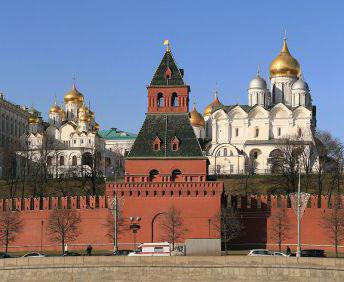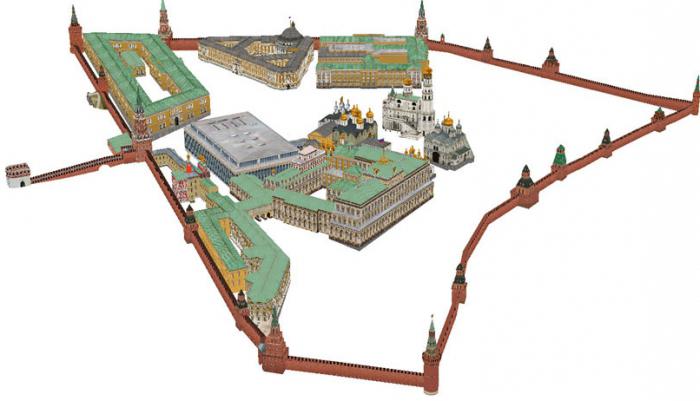The Taynitskaya Tower of the Moscow Kremlin: the year of erection and photo
The Moscow Kremlin has long since become a universally recognizeda symbol of Russian statehood. This ancient fortress on the bank of the Moskva River is included in the register of World Cultural Heritage sites of UNESCO. In the Kremlin there are no uninteresting towers, each of them deserves a separate story. But let's try to look at what is only one Tainitskaya Tower of the Moscow Kremlin. In what century was it erected and what are its architectural features?
Moscow white-stone
The first stone fortress on the bank of the Moskva Riverappeared in the second half of the fourteenth century under the Grand Duke Dmitry Donskoi. It was erected from white stone, which gave rise to the following centuries to call Moscow white-stone. And the Moscow Kremlin gradually began to acquire its present appearance at the end of the fifteenth century, when the Russian Tsar Ivan the Third began a large-scale reconstruction of the fortress walls that existed before.

South direction
All defensive fortifications in the worldfocused on the direction from which the threat comes. In this context, the Taynitskaya Tower of the Moscow Kremlin is no exception. From the southern borders of the Russian state there was a constant threat from the Mongol-Tatar invaders and steppe nomads. Only a few decades before the Tainitskaya Tower of the Kremlin began to be built, the capital of the Russian state was attacked by the troops of Khan Tokhtamish. This descendant of Genghis Khan, who seized and plundered Moscow, came from the south.

How the Kremlin was built
The Taynitskaya Tower of the Moscow Kremlin, datethe construction of which, according to historical chronicles, was designated in 1485, was built as part of a fortress wall facing Zamoskvorechye. The head and architect of the construction of the sovereign, Ivan the Third, appointed a competent Italian fortifier. In Russian historical sources it is designated as Anton Fryazin. The new Kremlin was built in stages, the old fortifications of the fourteenth century were replaced by new ones.

Architectural features and historical details
The Taynitskaya Tower of the Moscow Kremlin is differentrigor and conciseness of their architectural forms. It has everything necessary for the performance of fortification functions and there is nothing superfluous. It is also interesting that this is the first building of the Moscow Kremlin, where the Italian architect used the burnt red brick as the main building material. In the second half of the seventeenth century, a quadrangular tent completion in the Russian style was erected over the upper tier of the tower.

Subsequent restructuring
It should be noted that in all its more,than the five-hundred-year history, the Taynitskaya Tower of the Moscow Kremlin has never been used for its intended purpose. No one besieged it, there was no need to shoot out loopholes for enemies. And since she lost her fortification significance, her appearance has changed. The entrance gates were closed, an underground passage to the river was filled and a secret well was closed. The Taynitskaya Tower acquired the status of a cultural and historical monument and serves as an ornament to the Sofia embankment of the Moscow River.








